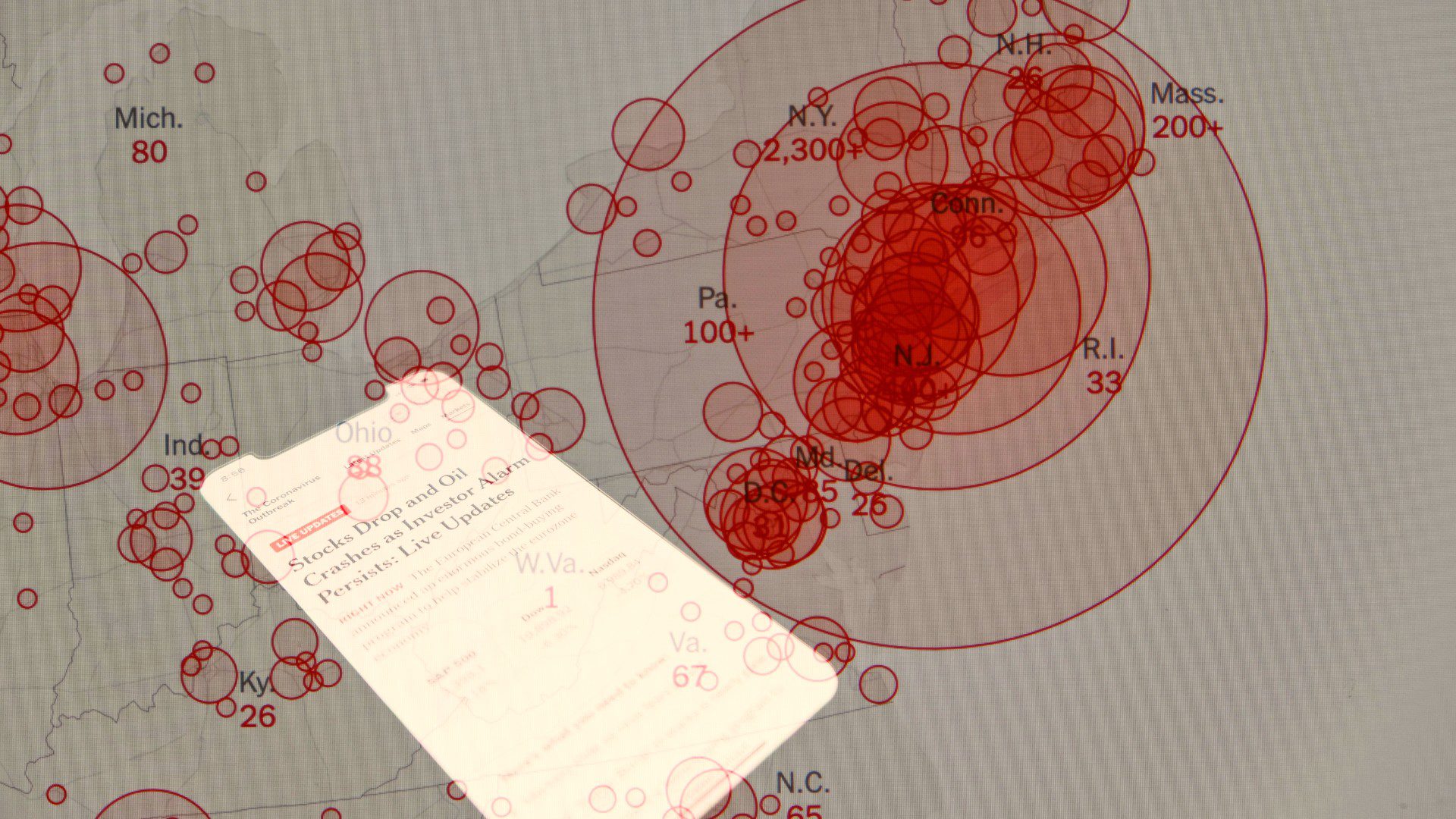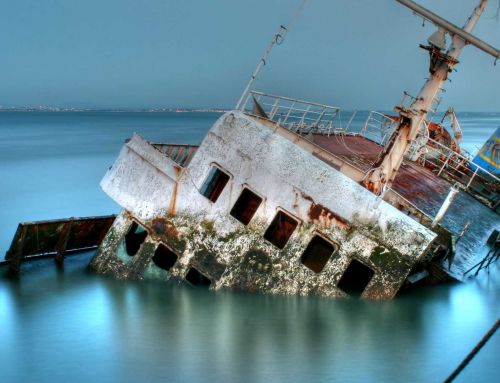When we think of an organizational design that allows an organization to thrive in a VUCA world (acronym for volatile, uncertain, complex and ambiguous), the concept of antifragility immediately comes to mind – characteristic of an organism or a social system that when exposed to a stressful agent and has energy and time to recover, ends up getting stronger.
We see this in our immune system, which learns after being exposed to a virus, to identify and eliminate it faster the second time it encounters the pathogen.
In another post (written in 2017), you can read more about how antifragility can be promoted in an organization. I want to share real stories, taken from spontaneous conversations with our customers.
IMPORTANT. We are living in a crisis of great proportion. As I write this article, we have little clarity on what will happen in the coming weeks. The current pandemic doesn’t make me happy or excited, it’s sad and makes for sleepless nights. The focus of this article is to share some stories about how some organizations are managing to cope with this difficult time. I hope it helps.
Adaptive Structures
With social technologies that support and promote self-management, such as O2, an initial goal is to create more dynamic and adaptive organizational structures.
Traditional structures take time to change, and when they do, it expends a lot of energy. It is common for there to be managers who defend their areas and “fiefdoms” and any structural change causes great commotion and needs to be politically stitched together. With the use of O2 we see associations very quickly adapting a series of policies, internal processes and forming new teams to deal with the constantly changing reality. And all this with little energy spent and no politicking.
One example is that of Tera, a business school that in the first week of March created a circle (the name given at O2 for grouping roles and responsibilities with a specific purpose) to deal with the crisis and act on necessary changes. News about the pandemic, rife with anxiety and confusion, now had a clear path in the structure to generate business decisions and proposals for how to organize the work.
“O2 has been absolutely fundamental at this moment. Two weeks ago we created a circle to deal with the impacts of this crisis. We were very well organized around the model and this allowed us to act very quickly and harmoniously. The team is 100% remote and clarity of roles and responsibilities is keeping the game intact, people are confident and productive, even though things are decentralized. After 15 days, the circle to deal with the crisis was extinguished and, with more information in hand, we were able to update the organization’s strategy as a whole, and have the entire team paddling in the same direction – no surprises from the change of route,but already with new projects and activities that did not exist before.”
Felipe Fabris, Partner at Tera.
Effective Communication
Another important point is to create rituals and practices that facilitate communication in times of constant change. When there are regulars (circle) that generate transparency and that have built-in mechanisms that facilitate the flow of information, those are identified more quickly and can be dealt with.
A good example is Take, which recently went through the creation of roles and circles in part of the organization and has already seen the advantages of having functional meetings in turbulent situations.
“Having meetings with a clear process and a facilitator helps us to focus on what is important during this time of crisis, and we are now able to follow a structured process to promote empowerment in real life situations.”
Fabio Lacerda – COO of Take
Caring for people and relationships
Self-organization can only thrive if trusting relationships exist between people. We like to emphasize this point in the first days of working with every organization. But talking is not enough, we help to create safe spaces for people to bring forth their feelings and needs. Empathy comes very easily when the focus is no longer focused on finding the culprits or discovering the truth, but recognizing the human in each of us.
Another key thing is human connection. We need it to stay alive and that can’t be ignored. At O2 there is the Care Mode, which helps people experience this type of space in organizations. An example is that of More Than Real, which began their journey towards self-management with O2 in September 2019 and saw its team grow 50% in a few months. Now, they face the crisis with confidence that they will not only overcome it, but come out of it even stronger.
“We are opening space to take care of relationships, evolving in this process, and O2 is playing a key role in keeping the team well at this time.”
Leonardo Ferro, Partner at More Than Real
Not all have the same luck
Finally, I would like to say that the cases described here are just a few. We have other clients who are also facing this difficult time bravely and skillfully. For some, working remotely is not possible, and for other businesses, quarantine has made it unfeasible to remain open. All that’s left is to take a vacation and do your part to get everything back up and running as soon as possible.
I wish for everyone, clients or not, that these difficult or unfeasible circumstances will not last long. Even for organizations that are antifragile, there are limits to the severity and duration of a crisis.
Translated by Tanya Stergiou






Deixar um comentário